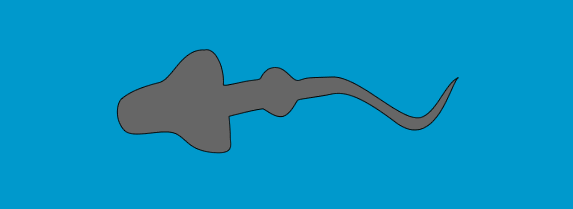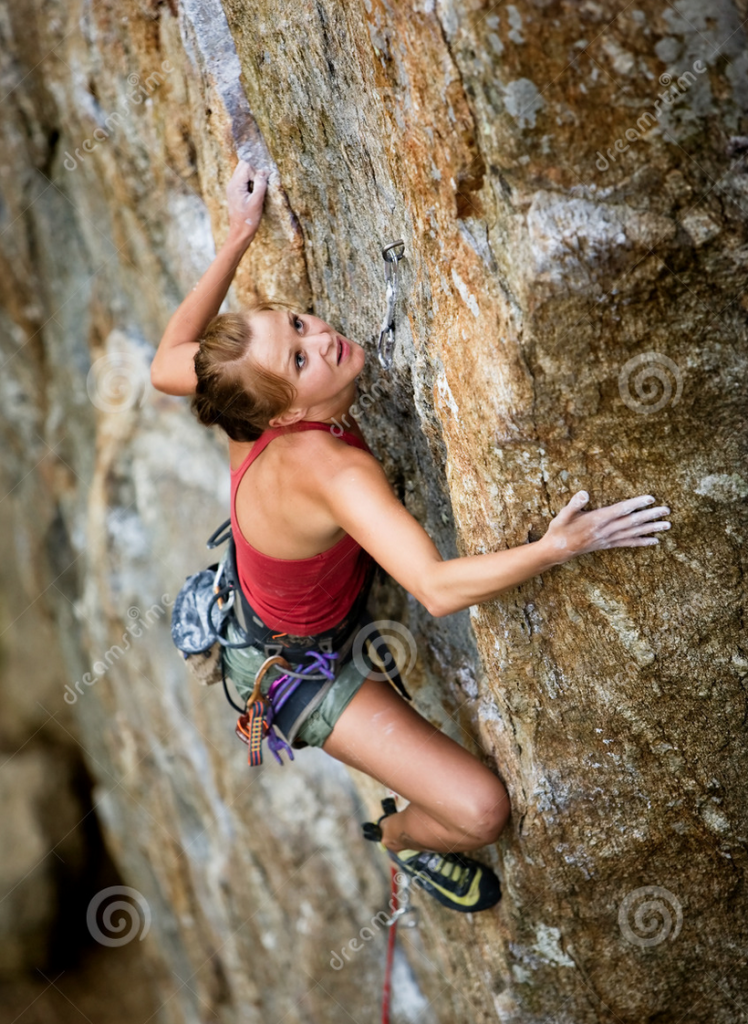20 Apr The inner reptile

Last week’s episode of “Your Inner Fish” was great! Really cool animations of embryos and long-extinct creatures, some excellent science, a fair bit of “filler” – taking up valuable minutes of show time (which could have been filled instead with MORE SCIENCE!) with landscapes and human drama, but overall an awesome show for anyone interested in human ancestry or living things generally.
I’d forgotten that we have Tiktaalik – or a creature much like it – to thank for more than our ability to do a pushup (and thus move around on land): it’s also our first ancestor (yet discovered in the fossil record) to have a neck.
So episode two will be on right about now in the U.S. It’s apparently going to be about your “inner reptile”. A topic that is very dear to me: I discovered my inner reptile some years before I properly discovered the fish (some years after the worm, and many years after the ape).
http://www.pbs.org/your-inner-fish
Let’s go back to Tiktaalik for a minute. A fish with lungs, a neck, and fins with the strength and structure to do a pushup and support the weight of the body outside the water. Basically, it’s a fish that’s starting to move like a reptile.
In the “Evolutionary movement patterns” video above, filmed some years back, I wanted to show some of the patterns of movement inherent in the spinal column which we have in common with all other vertebrate species. By practicing the simplest possible lateral movements of individual vertebrae and allowing the rest of the body to soften, the lateral undulation of the whole spine gradually begins to manifest. Then, this spinal undulation connects through the ribcage and pelvis to the limbs, generating coordinated movements of the arms and legs. The undulation of the spine is the key driver of fish locomotion through the water. With the development of limbs strong enough to hold the bodyweight outside the water, the same undulation is the driver of reptile locomotion on four legs.

Reptiles walk with what’s called a “sprawled” gait. Their legs stick out to the sides of the body so their center of gravity stays low and stable making it difficult for them to tip over, and also keeping their softer and more vulnerable bellies protected.

Locomotor Organization in Land Vertebrates (from www.uprightape.net) A – The early tetrapod Eryops. At a very early point in the emergence onto land, fins became five fingered digits and the spine demonstrated its five regions. B, C, D – Walking in amphibians and some reptiles involves body undulation as in a fish, with the limbs far out to the side. In the evolution of mammals, the limbs shift to a new position below the body.
Humans also use the sprawled gait and side-to-side undulation of the torso. Before and as we learn to crawl, most of us spend a lot of time like this:

All of us go through what I think of as a “froggy” period in our development. Our bodies are squat, and the arms and legs seem to be reflexively drawn back into the body.

And then eventually we learn to “creep” and to “crawl”:
https://www.youtube.com/watch?v=hnSHq9XaAaE
Any student of human movement can get a lot of insight by studying babies. “Developmental movements” are a goldmine, by studying them we learn not just the many ways in which babies (ie humans) move, we also start to learn how babies (humans) learn to move. In the documentary above, from 30 seconds in we get to see several little people crawling on hands and knees. They use the sprawling gait, or what might be called a semi-sprawl. Arms and legs are held wide so they’re nice and stable, and then they use the side-to-side spinal undulation to move the body forward in what’s called the “cross-crawl” or contralateral pattern which, as we’ll see later, is also the foundation of walking. The basic mechanics of this (and how they relate to those of the salamander and the monitor lizard) are shown at about 2:00. It’s a really cool documentary, 2 parts, a total of about 20 minutes. Recommended watching, here are the contents of part 1:
00:50 definition of creeping
01:26 Eadweard Muybridge (1839-1904)
02:05 diagonal or cross-pattern creeping pattern (lizard)
02:24 salamander-like creeping-pattern
03:57 creeping only with the hands
04:09 dragging the knees under the stomach
04:28 side-leg creeping or crab crawl
05:01 creeping backwards
05:29 creeping on elbows and knees
05:50 definition of crawling
06:01 marine-, army, or military crawl
06:33 feet pushing
07:09 one arm crawling
07:22 crawling with simultaneous arm movements
07:51 push-up crawling (caterpillar crawl)
09:11 crawling on your back
Where can we go with this? What does this movement have to offer us, once we’ve learned to walk? Well, the original baby crawl is used in the army, for sneaking.
https://www.youtube.com/watch?v=_HmK9H5C3c0
It’s an amazing movement, training many of the fundamentals: cross-body connection, connecting upper and lower, making the spine into an arch, getting power from the ground, through the hips and the armpits.
It can be taken even further, into the actual lizard crawl:
It’s tempting to think that the movement pattern Ido’s doing in that video has no relevance to normal life as an adult human. As an exercise (or, better, an exploration), it’s quite incredible, challenging strength and mobility, coordination and balance, power and softness. But these body positions show up in other interesting places:
There are so many patterns in our anatomy and our behaviour which originated with our fishy and reptilian ancestors, and which we still display today, but I’ll leave it there. Our four limbs, fingers and toes, the quadrupedal locomotor patterns which eventually led to walking on two legs, and our ability to climb.



Alexander George Topakas
Posted at 02:24h, 23 AugustInteresting and well written. It’s amazing how little information there is online regarding the reptilian movement of the human spine during gait.